This is part 3 out of 3 of this article.

Gen Z has high interest in the SDGs, is that true? Reality of interest in the SDGs - PART 1
https://manamina.valuesccg.com/articles/2946How should companies address their SDGs initiatives for a positive response and effectiveness and create SDGs products that lead to business opportunities? Based on VALUES’ survey and online behavioral data, we researched “action / interest / non-interest" consumers to understand how to approach action/interest groups.

Gen Z has high interest in the SDGs, is that true? Reality of interest in the SDGs - PART 2
https://manamina.valuesccg.com/articles/2959How should companies address their SDGs initiatives for a positive response and effectiveness and create SDGs products that lead to business opportunities? Based on VALUES’ survey and online behavioral data, we researched “action / interest / non-interest" consumers to understand how to approach action/interest groups.
■The action group takes a proactive approach and the interest group takes a passive approach
However, driving each group to take action requires a different approach.
For the action group, they need a more assertive, proactive approach. This is because the action group is a socially aware group that thinks positively about the SDGs and executes related behaviors, but they make up 10% of people. It is necessary to directly stimulate their insights, such as their awareness of the social contribution and adding value to products. Also, since this is a demographic that regularly follows the news, it can be said that this segment that can be reached through news media.

How to approach action and interest groups
On the other hand, the interest group is the average consumer who takes actions in accordance with their own interests. They account for about half of the market, and they are also a group that is practicing substantial SDGs-related behaviors, so they can be said to be a group that is easy to get involved in the SDGs measures.
For this group, you need a passive approach that does not force the SDGs. In other words, it is important to first emphasize that consumers can enjoy the benefits, such as being eco-friendly and reducing costs. In addition, it is easier to contact customers at places where they actually shopping rather than through news-related websites, etc.
Key points for SDGs-related product planning explored from purchasing motivations
Next, we will explore how to utilize the SDGs in business. When it comes to product development, there are various ways to incorporate the SDGs, such as making them fair trade, sustainable, and cruelty-free. What approach should we take when commercializing a product?
We would like to introduce the results of a survey on purchase motivations for the three product categories cosmetics, apparel, and food, which have many SDGs-related products.
First, let’s take a look at cosmetics. We conducted a survey on “Cosmetics that use plant-derived biomass plastic for a portion of their containers,” “Cosmetics that use organic ingredients,” “Cosmetics from brands that collect and recycle used containers,” and “Cosmetics that do not conduct animal testing when developing the products.”
When we focused on motivations likely to be of interest to the action group, such as whether or not the “the product and brand’s philosophy matched my taste” and taking “actions that were mindful of social issues,” we found that for cosmetics made of biomass plastics, cosmetics made of organic materials, and cosmetics without animal testing were of interest.

Comparison of purchasing motivations for the SDGs-related products
Those who chose organic cosmetics was the low at just 10%, and the top reason was “Because I felt like it was good for my body.” We can see that purchasing motivation is driven by practicality, something that is likely important to the interest group, and not so much the SDGs. Moreover, the motivation to purchase something where “the product itself was of high quality” is ranked high across all products, so it can be said it is an essential quality to consider when developing SDGs-related products.
Next, let’s look at apparel. Regarding buying “clothing and shoes made with plant-based materials and vegan leather” and “products that are made in an appropriate working conditions,” the action group’s motivations include whether or not the “the brand and product’s matched my taste” and buying “products that address social issues” and for “products made from recycled materials,” the interest group had reasons such as “reducing purchase costs.”
Finally, let’s look at food. Fair trade products are purchased with the motivation to purchase where the “brand and product’s philosophy match [their] taste,” which appeals to the action group, while plant-based foods are purchased with motivations that are more about practical benefits, such as “[they] felt it was good for [their] body.”
■Product design that matches the purchasing motivations of two demographic groups
We will summarize ways to involve the action and interest groups. For the action group, it is necessary to design products from with aspects of social contribution such as making them cruelty-free, considering the working conditions, and fair trade, and for the interest group, it is necessary to design products from a perspective that leans toward practical benefits, such as reducing purchasing costs and providing health benefits.

Key points of products that appeal to the SDGs action and interest groups
While thinking about utilizing the SDGs in marketing, there were three challenges.
The first challenge is the gap between the interests of consumers and the themes addressed by companies. If companies focus too much on themes such as no poverty and health, which are of high interest to consumers, they will become far removed from social contribution perspectives such as corporate social responsibility (CSR).
The second challenge is the difficulty of segmenting by gender and age group. People of all generations are equally interested in the SDGs, indicating that it is not simply that "Generation Z = high interest in the SDGs." There are different themes that each age group is interested in, and we felt that it is important to capture the interests of consumers in detail.
The third challenge is the gap between awareness and actions regarding the SDGs. In addition to those who are proactively taking action, there are people who are also end up also contributing to the SDGs through actions taken due to other motivations. When planning products and initiatives, it seems necessary to design how to attract these two groups and get them to involved and participating.
Another challenge was that the SDGs measures are highly specific to industries and stakeholders.
※日本語での記事はこちらをご確認ください

「Z世代=SDGs高関心」は本当か?アンケートとWeb行動ログから見えるSDGs関心層の実態
https://manamina.valuesccg.com/articles/2877企業がSDGsの開発目標に取り組む際、どんな点に留意すれば反応や効果が得られるのでしょうか。またSDGs関連商品を開発する際には、どんな切り口から商品化すればビジネスチャンスにつながるのでしょうか。 今回、ヴァリューズが行った約15,000人規模のアンケート調査とWeb行動ログ分析から、「SDGs行動層/関心層/非関心層」それぞれの生活者の実態を明らかにしました。結果から見える行動層/関心層へのアプローチ方法をご紹介します。 ※詳細なセミナー資料は記事末尾のフォームから無料でダウンロードできます。
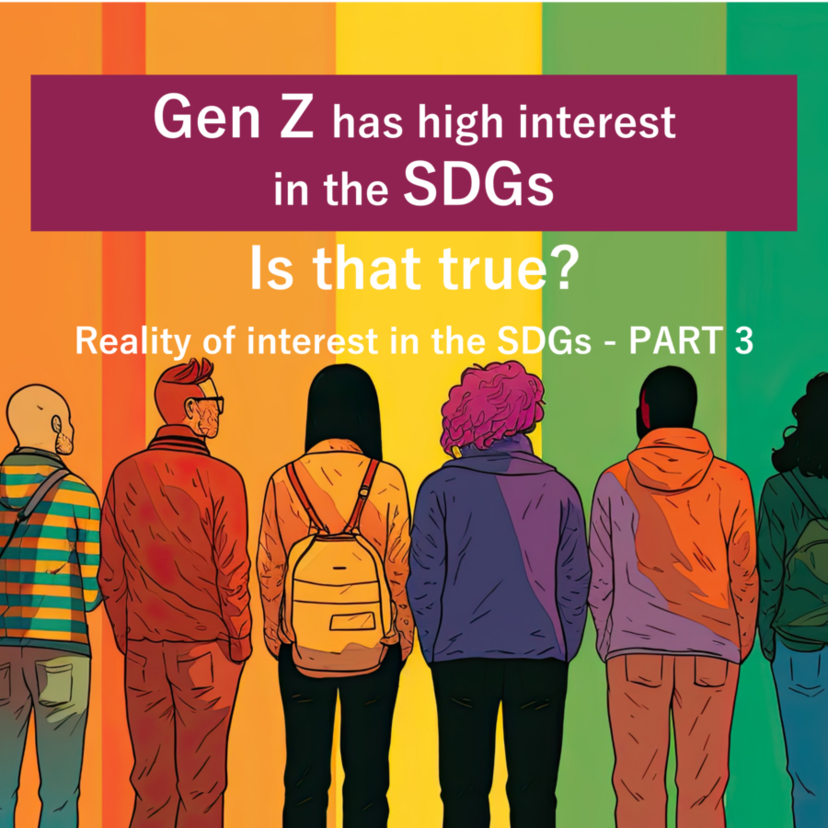
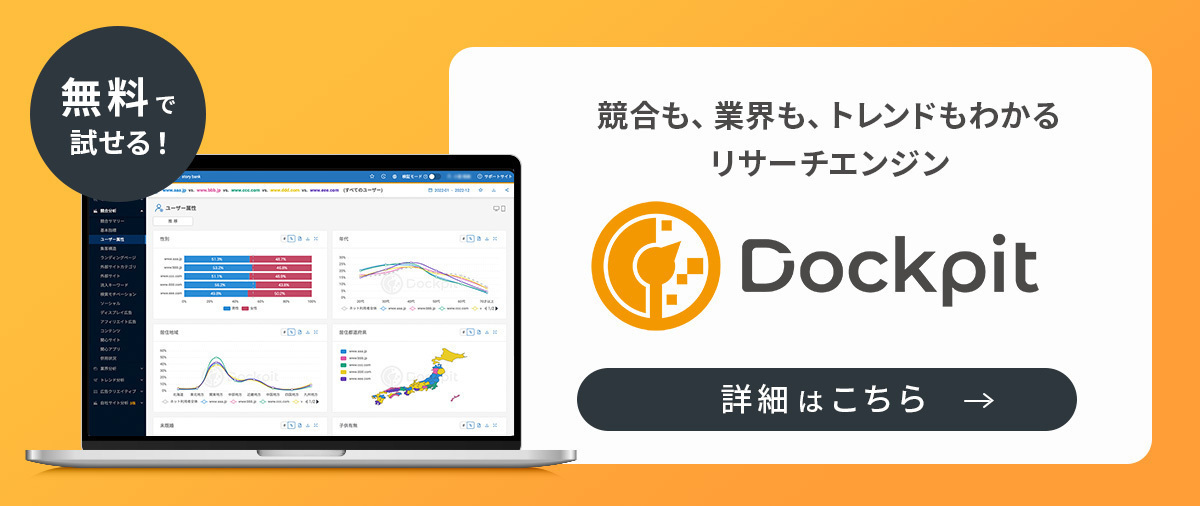
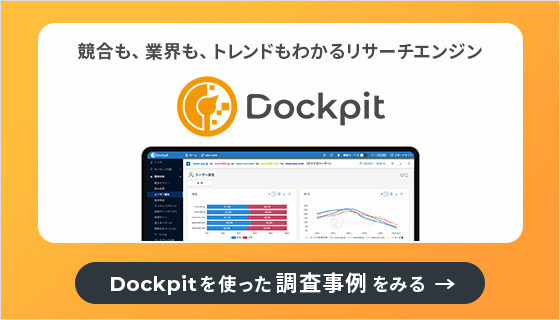




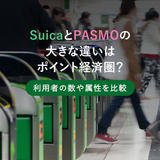

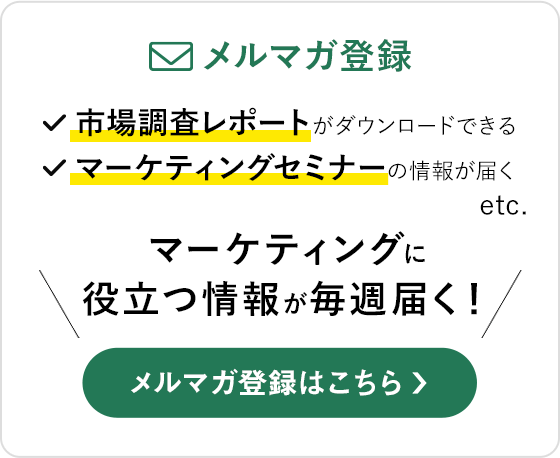

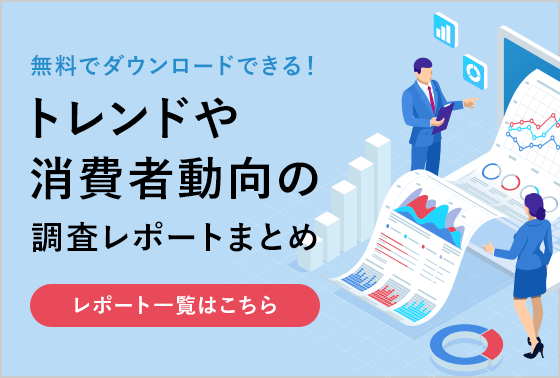






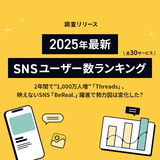



Born and raised in the Bay Area, U.S.A, I was fascinated by the different social and purchasing behaviors between Japanese and American consumers. I studied communication for undergrad and international marketing for my graduate studies. My professional background is in bilingual recruitment and Japanese-English translation.